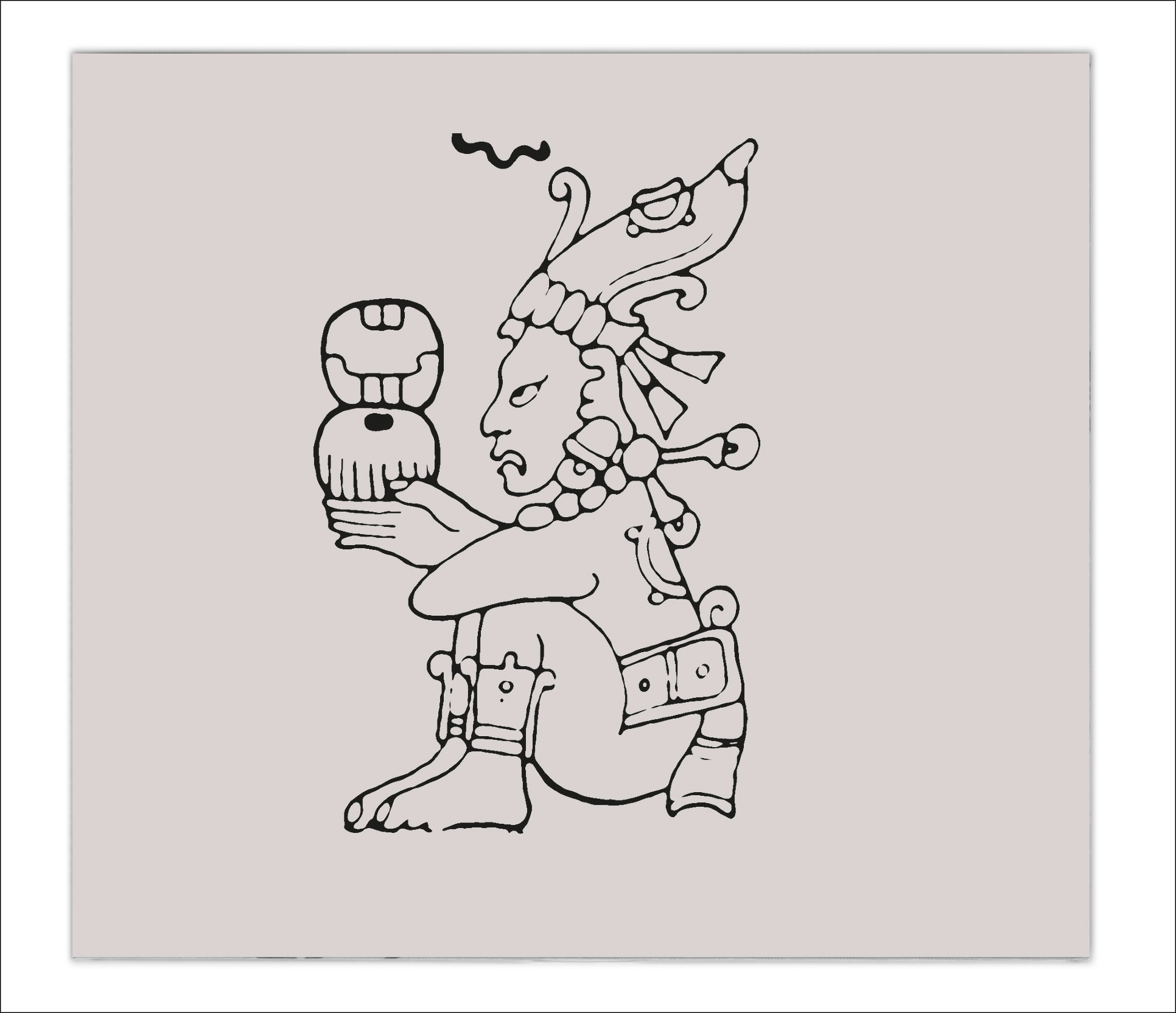Translated from Spanish, sourced from John Pereyra FB post and his blog
I’ve never wondered, nor have I ever heard of anyone doing so in any corner of the planet, on the periphery of the periphery of indie pop music. That is, artists and/or bands so radically removed from the confines of avant-garde pop that they end up creating a meta-substratum or sub-substratum beyond those confines. In principle, this should be attributed to such a degree of isolation (which prevents us from speaking of scenes as such), but also to the fact that the vast majority of creators within that horizon bear the mark of Oblivion—how can their proposals be disseminated or their legacies rescued if there is no way to identify them, much less to locate them?
Yes, the vast majority of them. Not all of them. One example is Muslimgauze, a.k.a. British artist Bryn Jones (June 17, 1961 – January 14, 1999), whose work has endured thanks to releases and reissues by Staalplaat, Nexound, and Extreme Records. Another is Zoviet France, a collective that fought hard to earn the recognition it deserved a decade and a half after its debut (Garista, 1982), thru Red Rhino Records or Soleilmoon Recordings. Unfortunately, the tacit rule holds that people equally adept at artistic innovation end their days in the most ignominious obscurity. A norm that, fortunately, the tools provided by the technologies of the new century have begun (slowly) to reverse.
Just a few days ago, IX TAB, a reissue of the tape that Capricorni Pneumatici released in 1988, was published from Naples, thanks to the good offices of Eighth Tower Records. This isn’t the first reissue of this group orchestrated by Unexplained Sounds’ subsidiary, as Nibbas (’89), the Lovecraftian Al-Azif (’87), and Witchcraft (’89) have already seen the light of day. Yes, instead, it’s another step in recovering their discography from the 1987–1991 period, before the prolonged hiatus that ended with The Erivar (2015). Currently, CP remains in top form (cf. Variants and Über Artaud, both from this year).
Who are Capricorni Pneumatici? Beyond urban legends such as the one about a California combo linked to abominable cults and the prominent Satanist Anton LaVey, what is known is that the duo hails from Milan, Italy. Although their real identities remain a mystery, they are known by the aliases Pazuzu and Soda Caustica. Since their debut with a self-titled cassette back in 1987, the peninsulars duo distinguished themselves by hybridizing musique concrète, post-industrial noise, drone music, and dark ambient… when the last two genres were in their infancy or simply didn’t exist! The mortar that bound these labels together was field recordings and the use of sounds that even today could be classified as “unconventional.”
The choice of name for the tandem is entirely intentional, drawn from Liber A’ash Vel Capricorni Pneumatici, a work published in 1909 by the 19th-century occultist Aleister Crowley. In fact, the Milanese duo has always been shrouded in a dark aura of esoteric mystery and ritual paganism, traits frequently associated today with any project born within the dark ambient scene. As befits, their music becomes a faithful reflection of that syncretic, non-sanctus occultism. IX TAB is no exception.
Dedicated to the eponymous Mayan deity (whose name translates as “Lady of the Loop”), goddess of ropes (!!), deceit, and patron of those who committed suicide by hanging (!!), the tape is a summation of somber, abstract, and, moreover, iterative vibrations, for the most part devoid of significant tonal timbres. Despite featuring comparatively more melodic moments (“L’Ultima Cerimonia,” “Dhyana,” “On Carmel’s Peak”), these tend to fade away, devoured by subsonic bass that cascades into droning textures in which the veiled threat of muffled cyclones throbs (“I.A.O.”).
In compositions such as “The Inquisition” or the sprawling “Akhkharu,” Capricorni Pneumatici does more than merely approach post-industrial. The hints of eurhythmic structures collapse very quickly, faced with an ambient soundscape that, from pounding everything in its path, unleashes dense bombardments of panic-stricken resonances. In “Akhkharu,” moreover, sinister whispers and decadent murmurs can be heard. The use of voices extends to “Khampa” and “Ortson Erdap!”: in the former, it’s more of a distorted manipulation accompanied by faint tribal percussion, while in the latter, archaic black-magic incantations are recited. “Ortson…” also features lugubrious chimes—an esthetic alibi linked to the shaking of steel cans and tanks in the opening track, “Captivity,” which underscores the Lombard duo’s use of hammers, PVC pipes, and even axes.
Avant dark ambient, long before the genre was made common currency in the premises of independent international circuits. A master class on how to subvert and above all decorset any kind of sound paradigms, using minimal resources with the greatest ingenuity. For that reason, Raffaele Pezzella – head of the cited squads – includes IX TAB in the line of releases ‘Italian Post Industrial Classics Collection’. More than deserved, although the labels fall short (as usually happens).
John Pereyra
